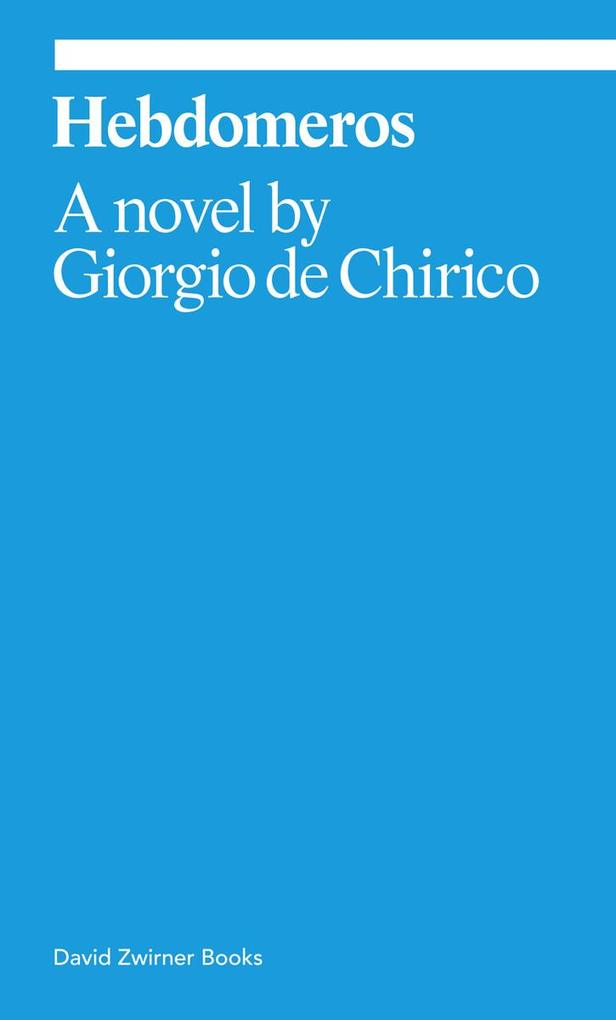
Zustellung: Mo, 26.05. - Fr, 30.05.
Noch nicht erschienen
VersandkostenfreiBestellen & in Filiale abholen:
This seminal 1929 surrealist novel by the painter Giorgio de Chirico merges the realms of dream and reality.
In the artist’ s only novel, de Chirico invites the reader into a world where language, time, space, and meaning are fluid, highlighting themes of mystery, myth, and the uncanny. Following the titular character Hebdomeros as he embarks on a series of philosophical musings and bizarre experiences divorced from a specific place or time, Hebdomeros embraces ambiguity in a profound exploration of the subconscious mind. Highly visual passages evoke the landscapes and compositions of de Chirico’ s metaphysical paintings, and non sequiturs mirror the freedom that Surrealism allowed for in art of all categories.
An introduction by the scholar Fabio Benzi contextualizes de Chirico’ s work within a broader modernist framework, highlighting its influence on surrealism and its resonance with the literary and artistic movements of the early twentieth century.
In the artist’ s only novel, de Chirico invites the reader into a world where language, time, space, and meaning are fluid, highlighting themes of mystery, myth, and the uncanny. Following the titular character Hebdomeros as he embarks on a series of philosophical musings and bizarre experiences divorced from a specific place or time, Hebdomeros embraces ambiguity in a profound exploration of the subconscious mind. Highly visual passages evoke the landscapes and compositions of de Chirico’ s metaphysical paintings, and non sequiturs mirror the freedom that Surrealism allowed for in art of all categories.
An introduction by the scholar Fabio Benzi contextualizes de Chirico’ s work within a broader modernist framework, highlighting its influence on surrealism and its resonance with the literary and artistic movements of the early twentieth century.
Produktdetails
Erscheinungsdatum
13. Mai 2025
Sprache
englisch
Seitenanzahl
216
Autor/Autorin
Giorgio De Chirico
Verlag/Hersteller
Produktart
kartoniert
Gewicht
95 g
Größe (L/B/H)
178/108/20 mm
ISBN
9781644231630
Bewertungen
0 Bewertungen
Es wurden noch keine Bewertungen abgegeben. Schreiben Sie die erste Bewertung zu "Hebdomeros" und helfen Sie damit anderen bei der Kaufentscheidung.









